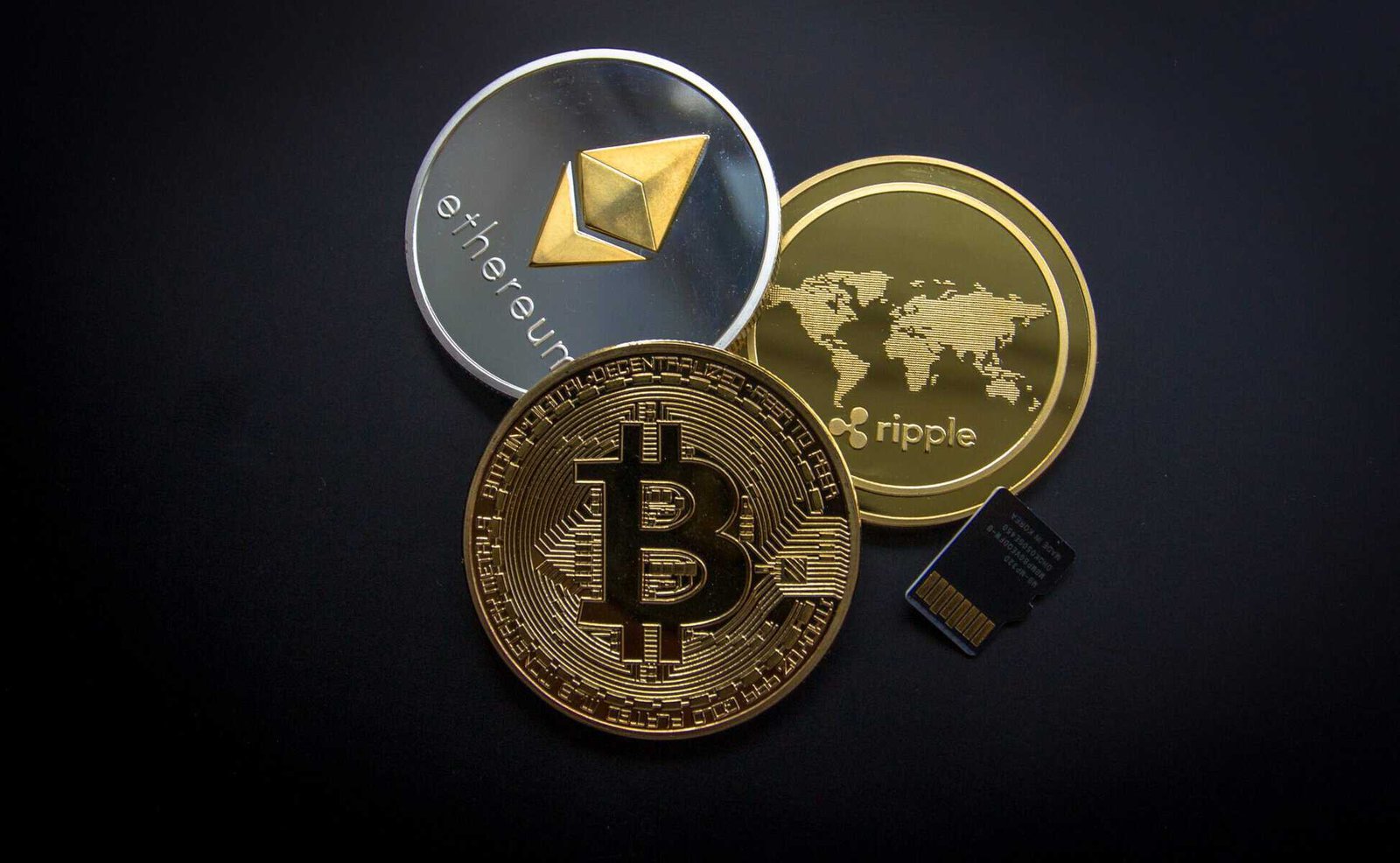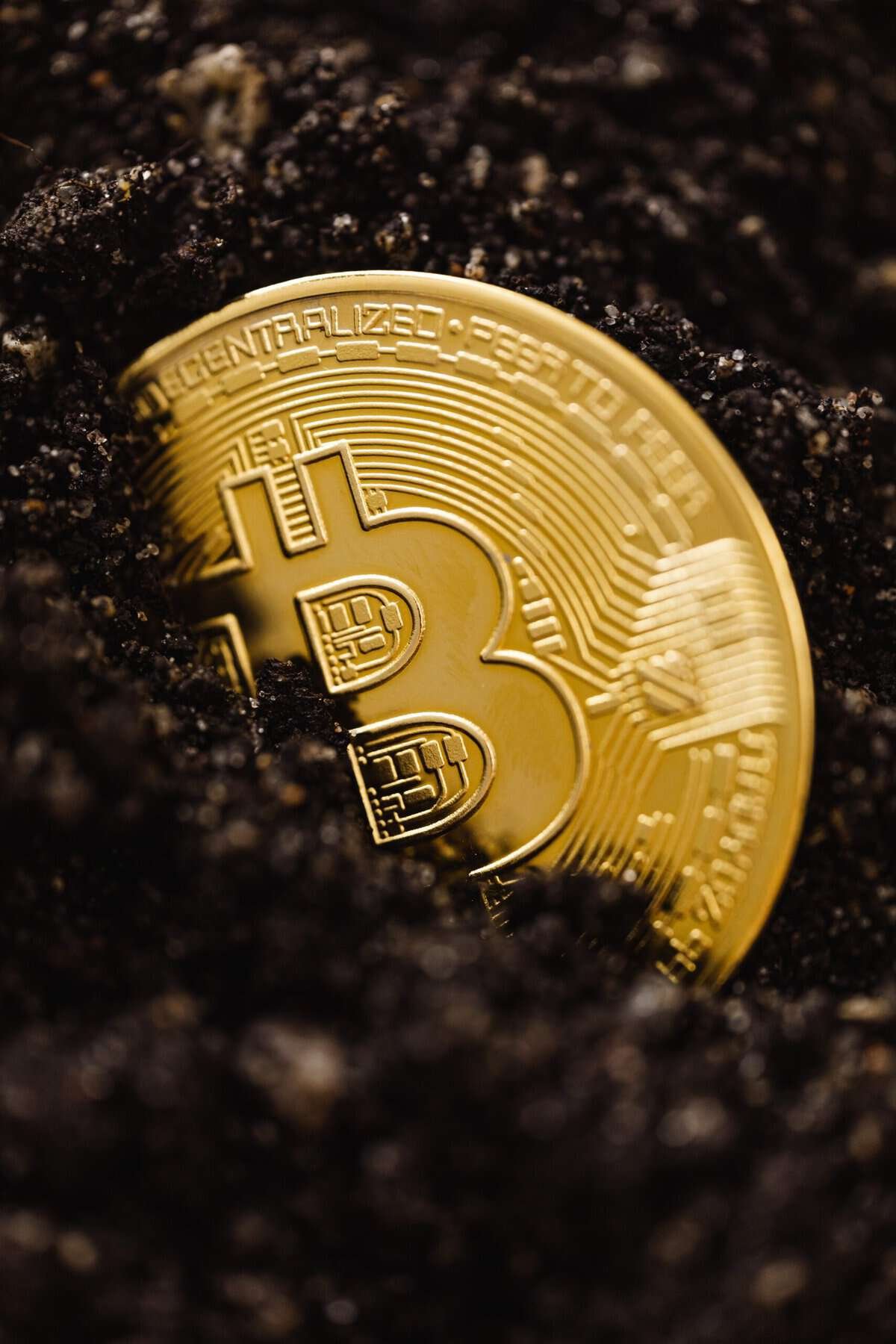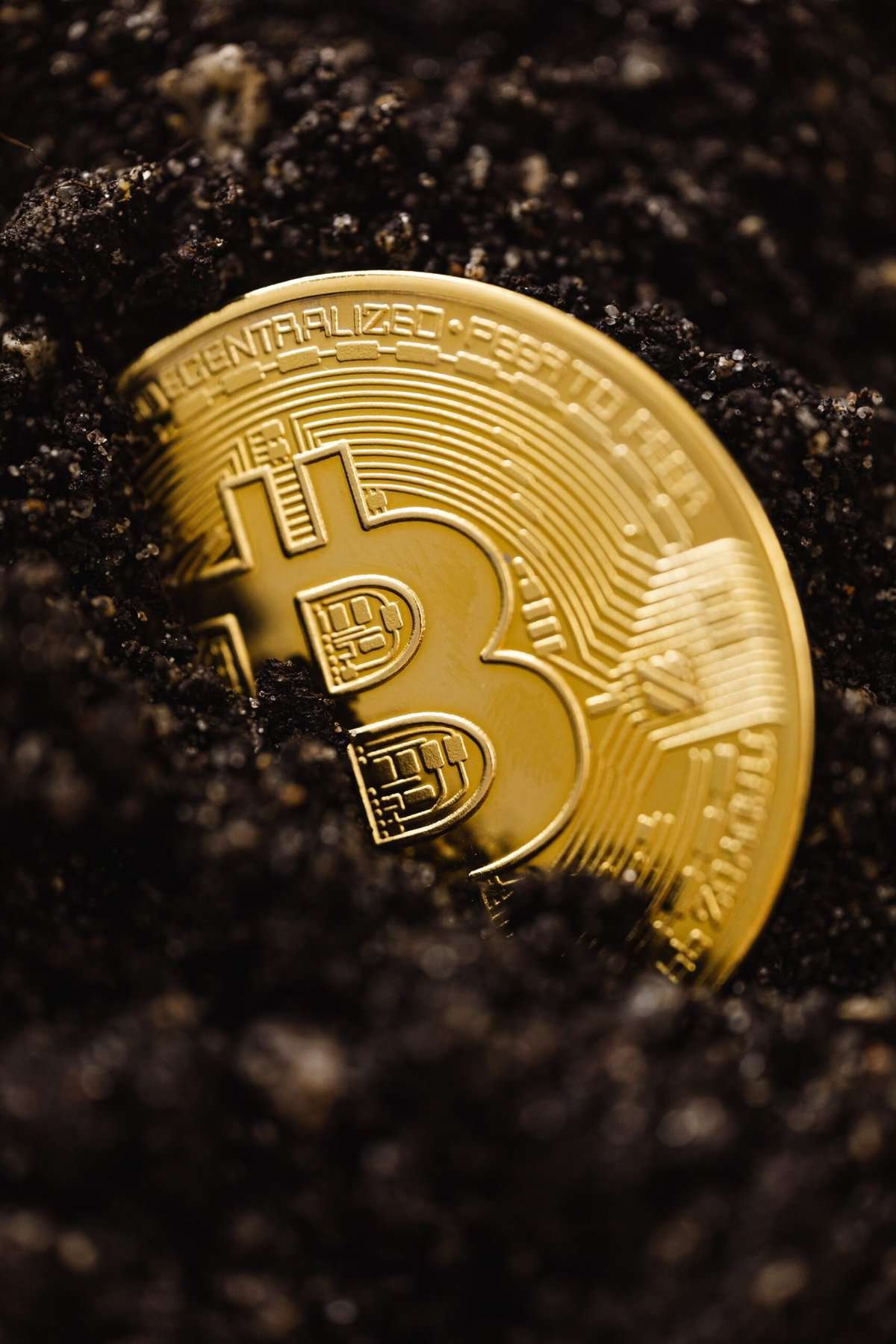Imagine a world where blockchain technology is seamlessly integrated with everyday transactions, without the limitations of slow processing times and high fees. Well, that world is closer than you think, thanks to Polygon (MATIC). By providing a layer 2 scaling solution for Ethereum, Polygon aims to revolutionize blockchain scalability and accessibility. With its innovative architecture and user-friendly features, Polygon is paving the way for a decentralized future where transactions are fast, secure, and affordable for everyone.

What is Polygon (MATIC)?
Overview
Polygon (MATIC) is a layer 2 scaling solution designed to improve the scalability and functionality of Ethereum. It provides a framework for building and connecting multiple blockchains, using a combination of sidechains and the Polygon PoS (Proof of Stake) chain. By addressing Ethereum’s limitations, Polygon aims to enhance the user experience and enable the mainstream adoption of decentralized applications (dApps) and cryptocurrencies.
Purpose
The purpose of Polygon is to solve the scalability issues faced by Ethereum, which has struggled to handle the increasing demand for blockchain applications. With Ethereum’s limited throughput and high fees, it becomes challenging to scale and provide a smooth user experience. Polygon aims to alleviate these problems by offering a scalable and efficient solution that can process a significantly higher number of transactions per second.
Features
Polygon incorporates several key features that make it an attractive scaling solution for Ethereum. One of its primary features is scalability, where it achieves high throughput and low latency by utilizing a combination of sidechains and a central PoS chain. This allows for parallel processing and faster confirmation times for transactions.
Another crucial feature is interoperability, as Polygon provides seamless connectivity between various blockchains, enabling smooth communication and transfer of assets. This makes it easier for projects and developers to create decentralized applications that can interact with multiple blockchain ecosystems.
Lastly, Polygon focuses on providing a cost-effective solution. By utilizing layer 2 scaling, it significantly reduces transaction fees and gas costs compared to operating exclusively on the Ethereum mainnet. This affordability drives wider adoption and encourages users to explore and interact with different dApps and services.
Benefits of Polygon (MATIC)
Scalability
One of the most significant benefits of Polygon is its ability to scale Ethereum to new heights. By providing sidechains and a PoS chain, Polygon achieves greater transaction throughput, allowing it to process a significantly higher number of transactions per second. This scalability is vital for handling the growing demand for blockchain applications, eliminating congestion, and reducing transaction confirmation times.
Interoperability
Polygon offers seamless connectivity and interoperability between different blockchains. This means that developers can easily build dApps that interact with multiple blockchain ecosystems, expanding the capabilities and possibilities of decentralized applications. Interoperability increases the value of projects on Polygon by allowing them to leverage the strengths and features of other blockchains.
Cost-effectiveness
Compared to operating solely on the Ethereum mainnet, using Polygon can greatly reduce transaction fees and gas costs. As a layer 2 scaling solution, Polygon avoids the network congestion and high fees associated with the Ethereum mainnet. This cost-effectiveness makes it more accessible for users to engage with dApps, transfer assets, and participate in various activities within the Polygon ecosystem.
Polygon (MATIC) Architecture
Layer 2 Solutions
Polygon’s architecture involves layer 2 scaling solutions that enable high throughput and scalability. It achieves this by utilizing a network of sidechains connected to the main Polygon PoS chain. These sidechains, known as “commit chains,” process transactions in parallel, significantly increasing the capacity of the overall network. Transaction finality is then ensured by periodically checkpointing the sidechains on the PoS chain.
Polygon SDK
Polygon provides developers with an easy-to-use Software Development Kit (SDK) that simplifies the process of building and deploying dApps on the platform. The SDK offers a range of tools, including APIs, developer documentation, and smart contract frameworks, allowing developers to access pre-built components and quickly create robust and reliable applications.
Polygon PoS Chain
The Polygon PoS chain serves as the central hub of the Polygon ecosystem. It secures the network through a Proof of Stake consensus mechanism, where validators stake their MATIC tokens to validate transactions and create new blocks. The PoS chain ensures the security and decentralization of Polygon while providing a scalable and efficient infrastructure for dApps to thrive.
How Does Polygon (MATIC) Work?
Integration with Ethereum
Polygon seamlessly integrates with the Ethereum blockchain, leveraging its security and existing infrastructure. By using Ethereum as a base layer, Polygon inherits its decentralized nature and robustness. Developers can easily deploy their smart contracts and dApps on Polygon while enjoying the benefits of scalability, reduced transaction fees, and interoperability.
Polygon Validators
Polygon relies on a network of validators to secure the network and validate transactions. Validators are responsible for staking their MATIC tokens, participating in the consensus protocol, and adding new blocks to the PoS chain. Validators play a crucial role in maintaining the integrity and efficiency of the Polygon ecosystem.
Polygon Bridge
The Polygon Bridge serves as a gateway for seamless asset transfers between the Ethereum mainnet and the Polygon network. It allows users to safely deposit and withdraw their assets between the two chains, enabling liquidity movement and interoperability. The Polygon Bridge enhances the accessibility and flexibility of Polygon, making it easier for users to transfer assets and engage with various dApps.

Polygon (MATIC) Use Cases
DeFi
The Polygon network has become a popular choice for decentralized finance (DeFi) applications due to its scalability and low transaction fees. DeFi platforms built on Polygon offer users fast transaction processing, lower transaction costs, and a wide range of financial services such as yield farming, lending, and decentralized exchanges (DEXs). With Polygon, users can access DeFi services without being limited by high gas fees or slow transaction speeds.
NFTs
Non-Fungible Tokens (NFTs) have gained significant attention in recent years, and Polygon provides an ideal platform for their creation and trading. The low fees and fast confirmation times on Polygon make it an attractive choice for artists, creators, and collectors looking to mint, buy, sell, and trade NFTs. Polygon’s scalability ensures that NFT marketplaces can handle a high volume of transactions, maintaining a smooth experience for users.
Gaming
Polygon offers exciting opportunities for the gaming industry, allowing developers to create blockchain-based games with high performance, low costs, and seamless interoperability. By building games on Polygon, developers can overcome the limitations of traditional gaming infrastructure, such as expensive in-game transactions and limited cross-platform functionality. Gamers can enjoy a more immersive experience with provable ownership of in-game assets and the ability to transfer them between different games.
Polygon (MATIC) Partnerships
Ethereum
Polygon has a strong partnership with Ethereum, utilizing its base layer for integration and interoperability. This collaboration ensures that Polygon inherits Ethereum’s security and benefits from its existing ecosystem. It also complements Ethereum’s scaling efforts by providing a scalable solution that alleviates network congestion and enhances the user experience.
Binance
Polygon has also formed a partnership with Binance, one of the largest cryptocurrency exchanges globally. This partnership enables users to easily deposit and withdraw MATIC tokens between Binance and the Polygon network. The integration with Binance enhances the liquidity and accessibility of Polygon, making it more convenient for users to acquire and trade MATIC.
Aave
Aave, a prominent decentralized lending and borrowing protocol, has integrated with Polygon. This integration allows users to access Aave’s services on the Polygon network, benefiting from its lower transaction fees and higher scalability compared to the Ethereum mainnet. Aave’s presence on Polygon expands the range of DeFi options available to users and enhances the overall ecosystem’s value.

Polygon (MATIC) Tokenomics
Token Distribution
The total supply of MATIC tokens is 10 billion. The token distribution is allocated among various stakeholders, including the Polygon Foundation, team members, strategic investors, and initial token sale participants. The issuance of tokens follows a predetermined schedule, ensuring a fair distribution and alignment of incentives among the different stakeholders.
Staking and Governance
MATIC token holders have the opportunity to stake their tokens on the Polygon network. By staking, users can participate in the consensus mechanism, secure the network, and earn rewards in the form of additional MATIC tokens. Additionally, MATIC holders have voting rights, allowing them to influence the direction and governance of the Polygon ecosystem.
Token Utility
The MATIC token serves multiple purposes within the Polygon ecosystem. It is used for transaction fees, staking, and participating in the governance of the network. Additionally, projects built on Polygon can choose to use MATIC as their native token, providing liquidity and incentivizing users to engage with their services. The token’s utility ensures its value and incentivizes users to hold and utilize MATIC within the ecosystem.
Recent Developments and Updates
Layer 2 Adoption
Polygon has witnessed significant growth and adoption by various projects seeking scalable solutions. Numerous decentralized applications, protocols, and exchanges have migrated or expanded their operations to Polygon due to its scalability, low fees, and interoperability. This adoption has led to increased transaction volumes and the development of a vibrant ecosystem on Polygon.
New Partnerships
Polygon continues to form new partnerships within the blockchain and cryptocurrency sectors. These partnerships aim to enhance the ecosystem by attracting new developers, projects, and users to Polygon. By collaborating with industry leaders and innovators, Polygon furthers its goal of becoming a leading player in blockchain scalability and interoperability.
Upcoming Features
Polygon has an ambitious roadmap that includes several upcoming features and enhancements. This includes the introduction of more layer 2 solutions, such as zk-rollups and optimistic rollups, strengthening Polygon’s scalability. Furthermore, Polygon aims to expand its interoperability capabilities by connecting with other blockchain ecosystems, enabling even broader connectivity for developers and users.
Challenges and Competition
Scalability Solutions
While Polygon addresses Ethereum’s scalability challenges, other layer 2 solutions exist that offer similar features. Projects like Optimism and Arbitrum provide alternative scaling solutions, which pose competition to Polygon. The challenge for Polygon lies in continually improving and innovating its technology to maintain its position as a leading layer 2 scaling solution.
Interoperability Projects
Interoperability is a key focus for many blockchain projects, and Polygon faces competition from other platforms that offer similar capabilities. Projects like Cosmos, Polkadot, and Binance Smart Chain provide robust interoperability solutions, enticing developers and projects to consider alternative options. To stay ahead, Polygon must continue to prioritize and excel in offering easy and seamless connectivity.
Growing Competition
As the demand for scalable blockchain solutions increases, more projects and protocols enter the space, aiming to solve similar problems. Polygon faces growing competition from platforms that offer similar features and benefits. To stay competitive, Polygon must continue to improve and innovate, focusing on user experience, developer tools, and the adoption of emerging technologies.
Conclusion
Future Outlook
Polygon has shown immense potential in addressing Ethereum’s scalability challenges and providing a platform for the development of decentralized applications. With its focus on scalability, interoperability, and cost-effectiveness, Polygon has garnered a significant user base and attracted a wide range of projects. The future outlook for Polygon looks promising, as it continues to enhance its technology, expand its partnerships, and promote the adoption and usage of the MATIC token.
Importance of Polygon (MATIC)
Polygon plays a crucial role in advancing the usability and accessibility of blockchain technology. By enhancing scalability, reducing costs, and enabling interoperability, Polygon improves the user experience, promotes the development of innovative applications, and accelerates the growth of the decentralized finance and gaming sectors. As more projects and users recognize the benefits of Polygon, its importance in the blockchain ecosystem will continue to grow.

